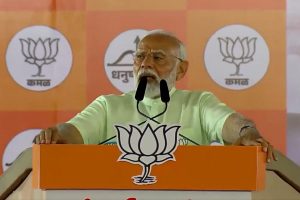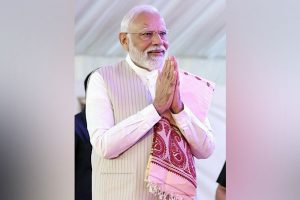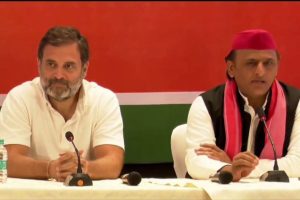A 13-year-old school student in Odisha’s Rayagada district, who had gone atop a hillock to access study materials through internet-connected mobile phone surfing, died following an accidental fall, police said on Thursday.
The deceased has been identified as Adria Jagaranga, a native of Kandhapanduraguda village under Nuagada panchayat of Padmapur block. The tragic incident had occurred on Tuesday. As the internet connectivity was erratic, he was forced to climb the nearby hillock for better internet access; police said adding that Jagaranga, 8th standard student, later succumbed to injuries at Padmapur Community Health Centre at Padmapur.
Reports of students leaving home to outdoors for gaining net access for attending online classes continue to trickle in from various parts of the State. The students of rural areas in the majority of villages are the worst-hit as their localities are bereft of a 4G network for hassle-free internet surfing.
It is pertinent to note here that the online classroom teaching in the State has failed to pay dividends with more than 70% of the 60 lakh enrolled students left in the lurch as they either could afford the luxury of smartphones or poor connectivity-linked hindrances. That forced the government to reopen the schools for class-9, class-10, and class-12 students. For the students of lower classes, the government has gone ahead with extending online class facilities with limited results.
To reduce the study load in view of the pandemic-induced practical difficulties, the Board of Secondary Education and Council of Higher Secondary Education have however reduced the academic syllabus.
The State’s teledensity ratio (79%) is lower than the national average (91%). Besides, the State has only 28.22 internet subscribers against a population of 100 while the national average stands at 38 per 100 users.











